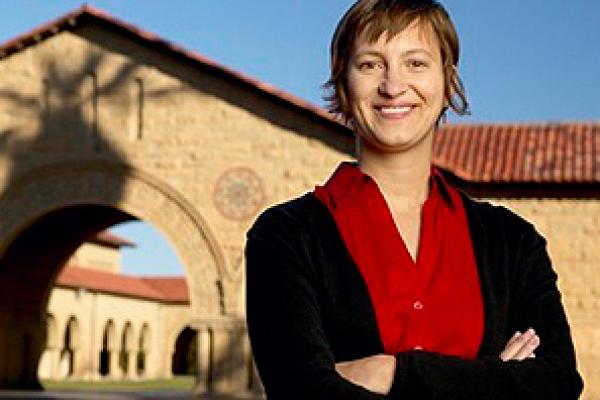
The expansion of the universe and the growth of structure in it are dominated by two constituents that make up the 95 percent of the universe that is unexplained by the standard model, known as dark matter and dark energy. An understanding of these unseen components is critical to answering the most fundamental questions about our universe: how the it began, why it is accelerating, and what is the nature of most of its mass. A new generation of sky surveys are beginning to map the universe’s expansion history and evolution of structure over the last ~ 12 billion years, using statistical constraints from hundreds of millions of galaxies. I will outline the landscape of current and near future cosmological sky surveys, including early results from the Dark Energy Survey, and expected measurements from the upcoming Dark Energy Spectroscopic Instrument and the Large Synoptic Survey Telescope. Making use of these data to understand the nature of dark energy and dark matter also requires large numerical simulations of the evolution of the matter distribution and a modeling approach for connecting these simulations to observations of the galaxy distribution. I will present recent developments in how we are using simulations, modeling of the galaxy-halo connection, and large galaxy surveys together to probe the physics of the dark universe as well as the physics of galaxy formation.
